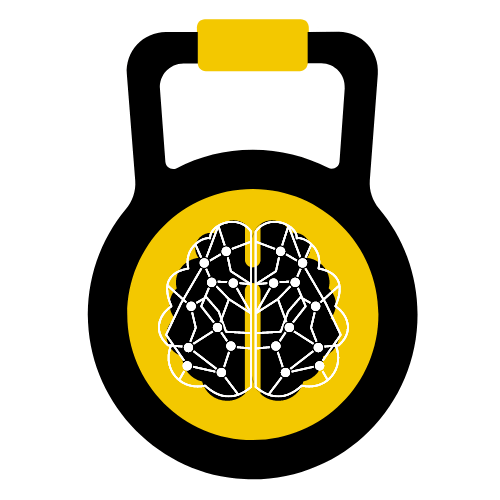Turkey Tail mushrooms are much sought after mushrooms in the West for medical purposes.
For Turkey Tail mushroom identification purposes, these phrases refer to 3 mushrooms - Coriolus Versicolor, Polyporus Versicolor, and Trametes Versicolor.
Be wary because any one of these Turkey Tail mushrooms looks similar to the fake ones.
In China, they are sold in the marketplaces openly.
But in the USA and Canada, even though there is a huge demand for them, only a few suppliers and mushroom enthusiasts know how to prepare them.
That's why they command a high price.
And the good news, they don't only grow in the far East, but also the forests of the USA and Canada.
In the West, you won't be able to find Turkey Tail mushrooms in the markets or stores.
Get the satisfaction of having to forage for them in the wild.
So you need to learn Turkey Tail mushroom identification techniques.
Turkey Tail Mushroom Distinguished Features
To identify Turkey Tail mushrooms, the real ones have pores, but they don't have gills.
When you touch them, you get a fuzzy or velvety feel.
Not a hairy feel, which is different.
The Turkey Tail mushrooms have striped colored rings.
And the color zones are very distinct.
There is a very clear division on the cap between the two colors.
The colors vary, but they could be reddish-brown, brown, white, or grey with concentric color sectors.
A real Turkey Tail mushroom is flexible and thin, in its original state, or even when dried.
The flesh should be 1 to 3 mm in thickness, and it will never turn rigid or hard even though drying it up will make it lose some of its flexibility.
1. A Polypore
So for Turkey Tail mushroom identification, one of its most distinguishing characteristics is the underside pores.
For every millimeter, there should be 1 to 3 pores.
A ballpoint tip is the approximate size of a millimeter, so if you see 1 to 3 pores there, it should be a true Turkey Tai mushroom.
The fake ones don't really have pores, but they look like pores that are spread apart, looking like teeth.
Being a polypore explains the absence of gills on the Turkey Tail, unlike other mushrooms.
2. Fuzziness
Fuzziness is similar to velvety, and that's how a Turkey Tail mushroom should feel to your hands.
The hairs that cause the velvety touch are barely visible.
A fake Turkey Tail mushroom will be exposed when you flip it over and see that it has a smooth underside, not fuzzy.
3. Striped Colored Rings
These fungi are colored either white or grey.
The striped colored rings are very beautiful when viewed from the top, but when you flip it when it's fresh, it should be colored white with pores.
As time goes by, it will turn brown or slightly yellowish.
4. Distinct Concentric Colored Zones
The divisions on the cap between different colors are very distinct.
The look-alikes, there are no clear boundaries between colors.
For example, a Turkey Tail look-alike called the Trametes Pubescens will look from afar to have color zones, but they are more textural zones when viewed closely.
5. Palatability and Medical Efficacy
Turkey Tail mushrooms, even though medicinal, are not usually eaten individually as a separate viand for meals because they are rough and tough.
But many people, to heal themselves of certain illnesses or simply for relaxation, take dried Turkey Tails as their source for brewing their daily Turkey Tail mushroom tea.
Other people use them as additional ingredients for their soup and other types of meals.
On the other hand, false turkey tails are not palatable, and there are no studies to show they are medicinal.
6. Flexible and Thin
The true Turkey Tail mushroom, with flesh thickness ranging from 1 to 3 mm, is still flexible and thin, even when dried.
It will never be hard or rigid, even when dried. But flexibility will decrease.
A fake Turkey Tail mushroom will be obviously hard and rigid, like the pretentious Trametes Ochracea.
Now You Know How Does Turkey Tail Mushroom Look-Like
If you like to take a hike in the woods, appreciate nature and also get some true Turkey Tail mushrooms, you will have had guided knowledge on how they look like and how they feel to the touch.
And when you get to pick some genuine ones, you'll also know how to consume them in their dried form as ingredients for your tea or soup.
You won't be misguided anymore by the trickery of the fake look-alikes.
Turkey Tail mushrooms are not hard to find throughout the United States and Canada because they are some of the most common fungi around in the forests.
For example, if you chance upon on a dead hardwood, it is a great probability that a Turkey Tail is on it for the picking.
And expect Turkey Tails to be abundant from May to December.
That's a long eight month season to enjoy the medicinal benefits of the real Turkey Tail mushroom.
Follow the Guidelines, Always
Velvety to the touch. Striped colored rings. Distinctive concentric colored zones.
On its backside, it should be whitish with pores. It's never hard or rigid.
Check out from the list each feature of the true Turkey Tail mushroom, and you will not be tricked into the allure of its most common look-alikes - the Trichaptum biforme, which is a violet toothed polypore, and the Stereum ostrea, which is the false Turkey Tail.
And of course, other look-alikes in the Trametes family, all 50 of them.
Turkey Tails are Gaining Mainstream Acceptance
The herbal medicine-conscious crowd has started to notice of the Turkey Tail, just like their wholehearted acceptance of other mushrooms like the shiitake and the oyster mushrooms.
Just be sure you're getting the genuine ones.
There will come a time when more people in the USA and Canada will be well informed about the genuine Turkey Tail mushroom.
By that time, they will be widely available in stores.
You will then have the option of buying them there, or if you prefer, to still forage for them in the wild.
If you still prefer buying the powder option, take a look at the best selling Turkey Tail mushroom supplements.
Related Articles about Turkey Tail Mushroom


